Beans & Bezels Beans & Bezels B&B
Disclaimer: this video/review was not sponsored by Christopher Ward or any other entity.
Video
Review
Christopher Ward released the Bel Canto at the end of 2022, and that launch to me is one of the most important in recent watch industry history. The brand had been quietly making watches for nearly two decades, but the Bel Canto’s popularity gave them access to a much broader audience – well beyond the enthusiast circles where they were already respected. Since then, I’ve seen Bel Canto watches on the wrists of people I wouldn’t typically expect to see wearing a Christopher Ward. This surge in popularity and rapid growth brought challenges in customer service, delivery timelines, and the overall ability to handle orders at scale. But I’ve heard that things are getting much better now.
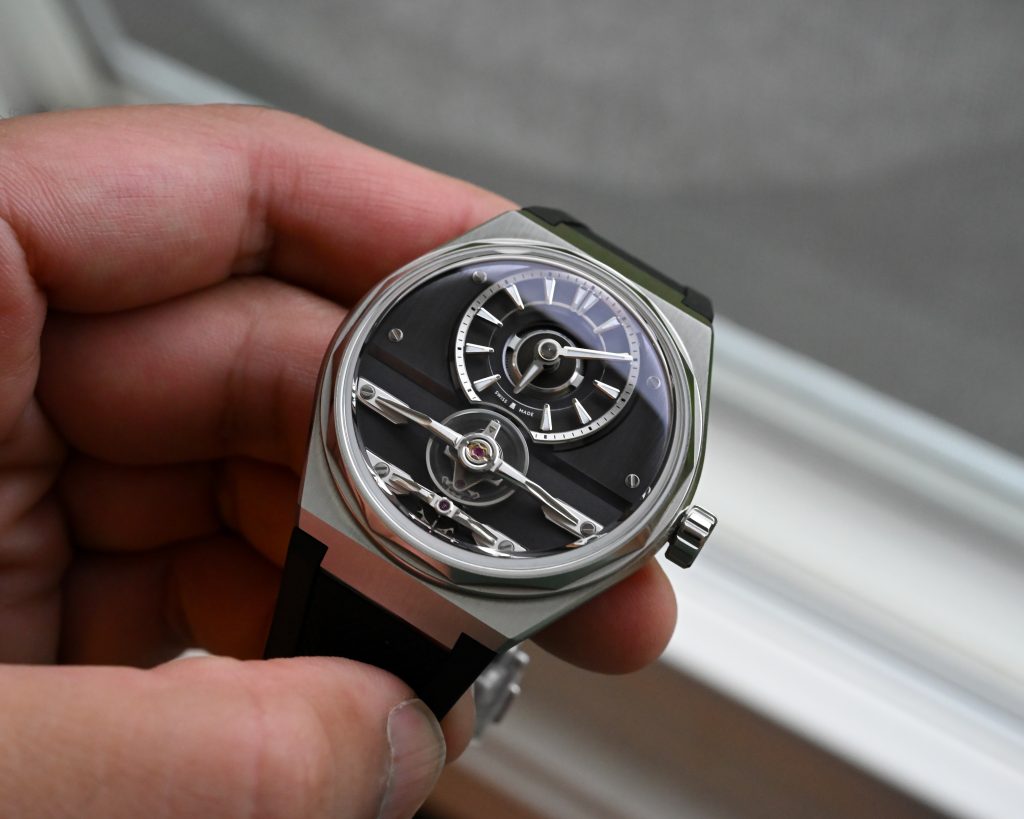
While the Bel Canto may have been the first to impress the mass market, it was far from the brand’s first impressive watch. As I noted in my review of the Twelve X Special Edition, the brand launched its in-house Caliber SH21 over a decade ago and has made some exceptional watches using that movement since.
The Bel Canto was a clear signal that Christopher Ward aimed to compete with significantly more expensive brands. Delivering an hourly chiming watch with an engaging design for under $5,000 showed they could break out of the micro-brand world and dip their toes into the realm of high-end and independent watchmaking.
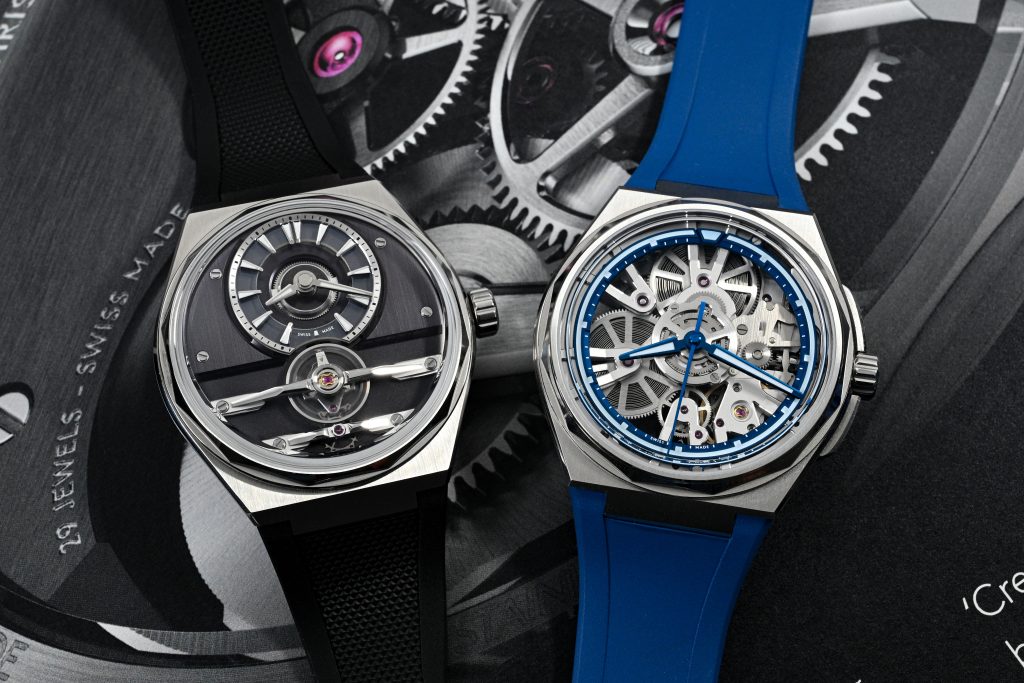
Christopher Ward followed with the Twelve and then the Twelve X, which brought back the skeletonized SH21 and even introduced a Special Edition featuring hand-polished bevels on key components, highlighting their ability to incorporate more refined finishing techniques.
They’ve also built strong relationships over the years. The SH21 was designed by Synergies Horlogères and Johannes Jahnke, who previously worked at Lang & Heyne and later joined Sellita as Director of Movement Development. For the C60 Concept’s skeletonized SH21, Christopher Ward partnered with Armin Strom for design and had Chronode finish the components: Chronode being known for supplying top-tier independents like MB&F (see my MB&F Legacy Machine LM101 & C1 Bel Canto video for a fun side-by-side), Fleming, HYT, Harry Winston, Czapek, etc . Even for the early Bel Canto releases, Armin Strom made the platines while Chronode handled the dial-side architecture. Eventually, demand outpaced what these suppliers could deliver, prompting a shift to APJ Sarl to increase production capacity.
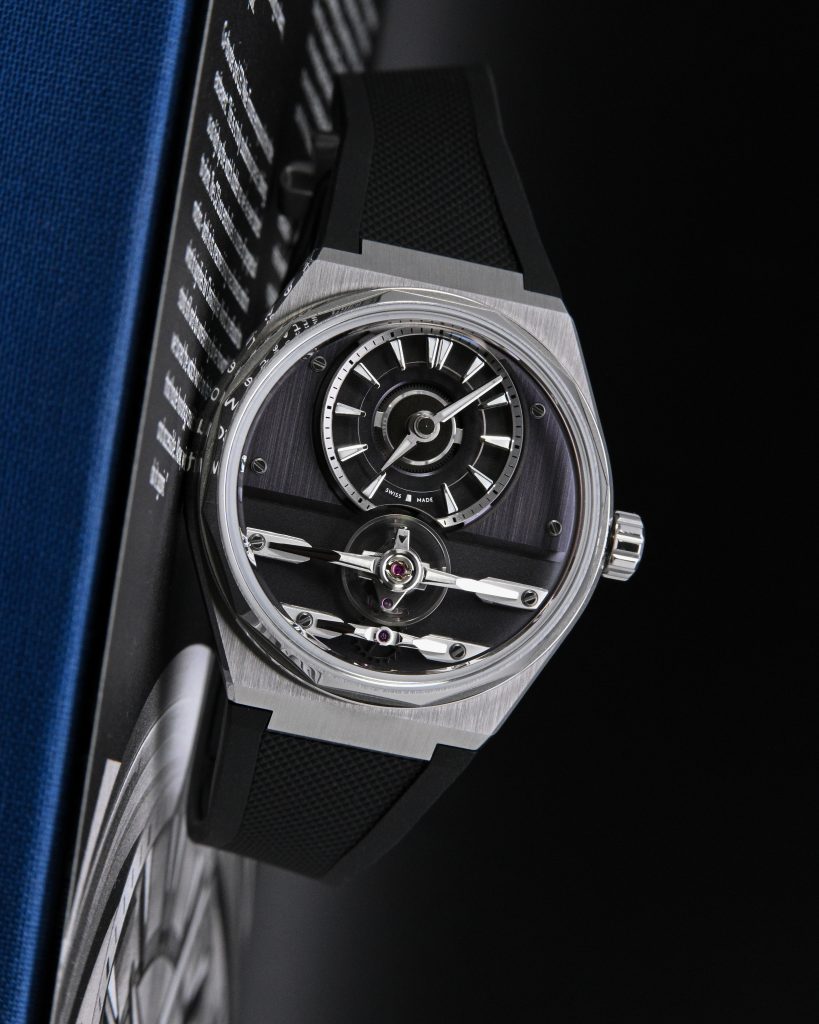
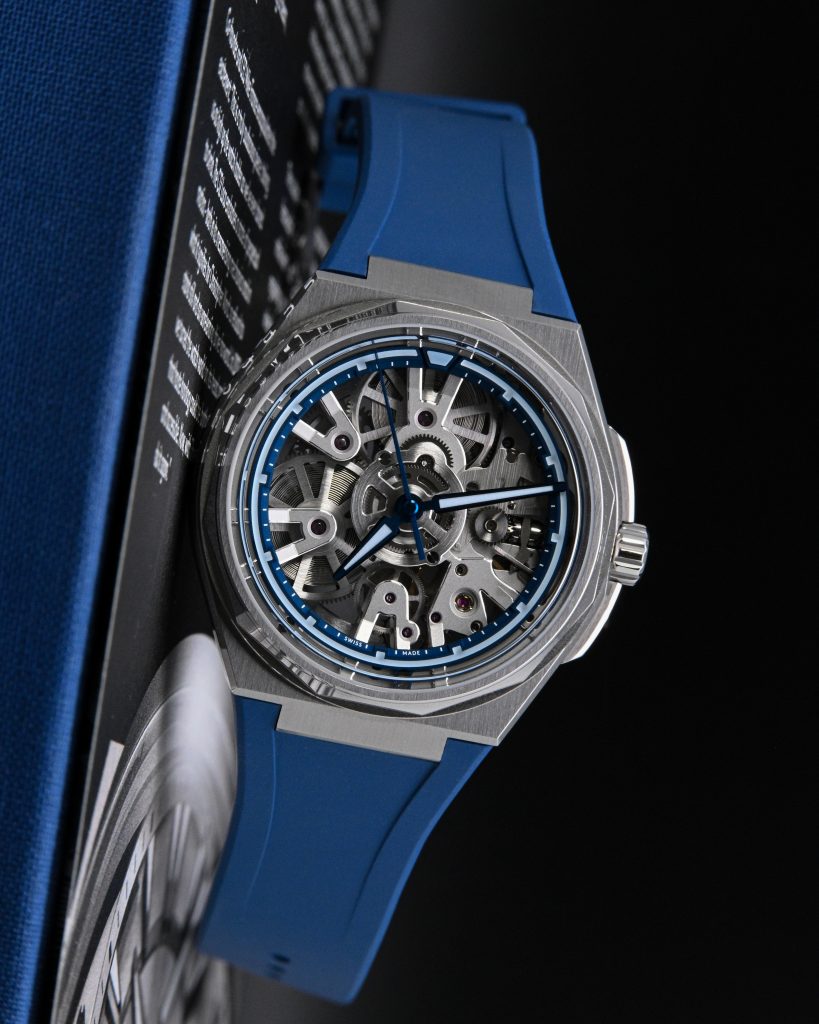
Christopher Ward also has a talented in-house team, including Frank Seltzer, Jörg Bader Sr., Jörg Bader Jr., Adrian Buchmann, and Will Brackfield. Each brings an impressive résumé and works closely with their teams to produce watches like the Bel Canto, Twelve X, and Loco. I share these details because a small but vocal group tends to question whether Christopher Ward’s watches justify their prices, or accuse them of mimicking high-end independents. But I’d argue that with their exceptional in-house talent and impressive industry partnerships, Christopher Ward now operates very similarly to the independent brands they’re often negatively compared with.
When I published my Twelve X Special Edition review under the thread title “CW’s next step towards artisanal & high-end watchmaking”, it ruffled feathers. At the time, I didn’t know the C12 Loco was coming, but if my Twelve X video didn’t convince you, the Loco should. It has all the hallmarks of a true high-end timepiece, and Christopher Ward has brought those elements together beautifully. That isn’t to say that this watch is indistinguishable from a $100,000 MB&F, but I hope to make an argument that a watch like the C12 Loco from Christopher Ward is in many ways as impressive as many of the high end independent watches out there. And wherever possible, I will highlight where this watch differs significantly from those high end pieces. I am a bit late to the Loco review party, but I’ll try to cover as many technical details as possible without repeating what’s already been said by the dozen reviewers before me.
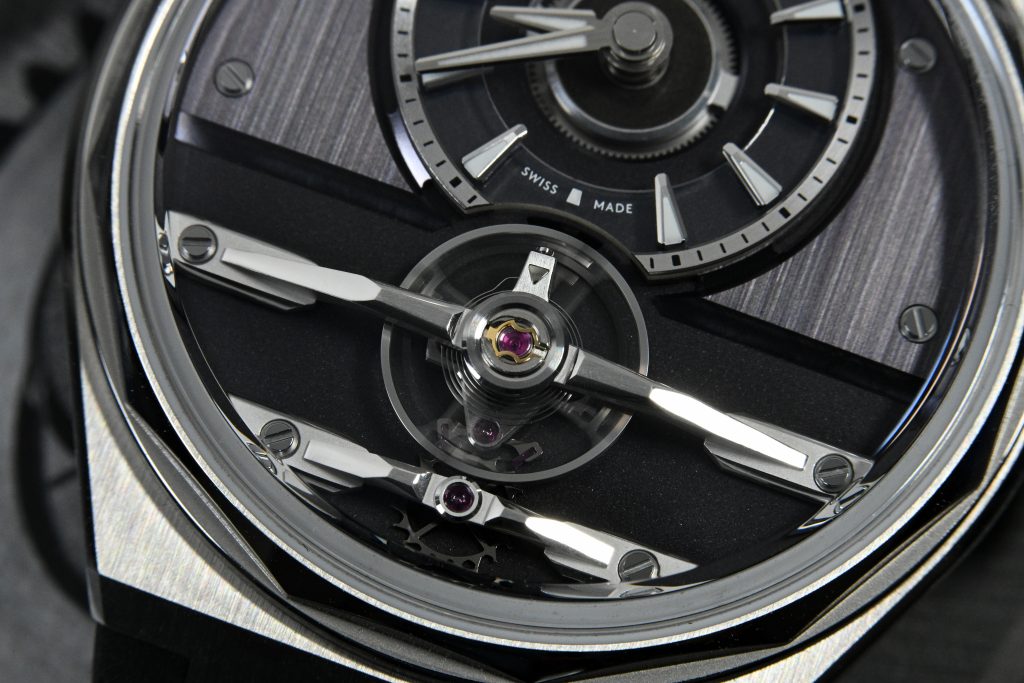
The C12 Loco launched at $4,595 USD on a rubber strap and $4,825 USD on a metal bracelet. I’ve been sent this prototype black dial version on the rubber strap. While not as perfectly finished as the production model, it’s still remarkable; so much so that I bought one immediately.
Let’s check it out!
Case
I measured the case to be approximately 40.4mm in diameter, 47mm in length excluding the strap, and 13.6mm in overall thickness. This is quite close to my Twelve X Special Edition, which measures 41mm in diameter, 45.8mm in case length, and 12.7mm in thickness. Like the Twelve X, the case is made entirely of stainless steel, and the build quality and finishing are excellent, with a well-executed mix of brushed, polished, and matte accents across the case and bracelet.
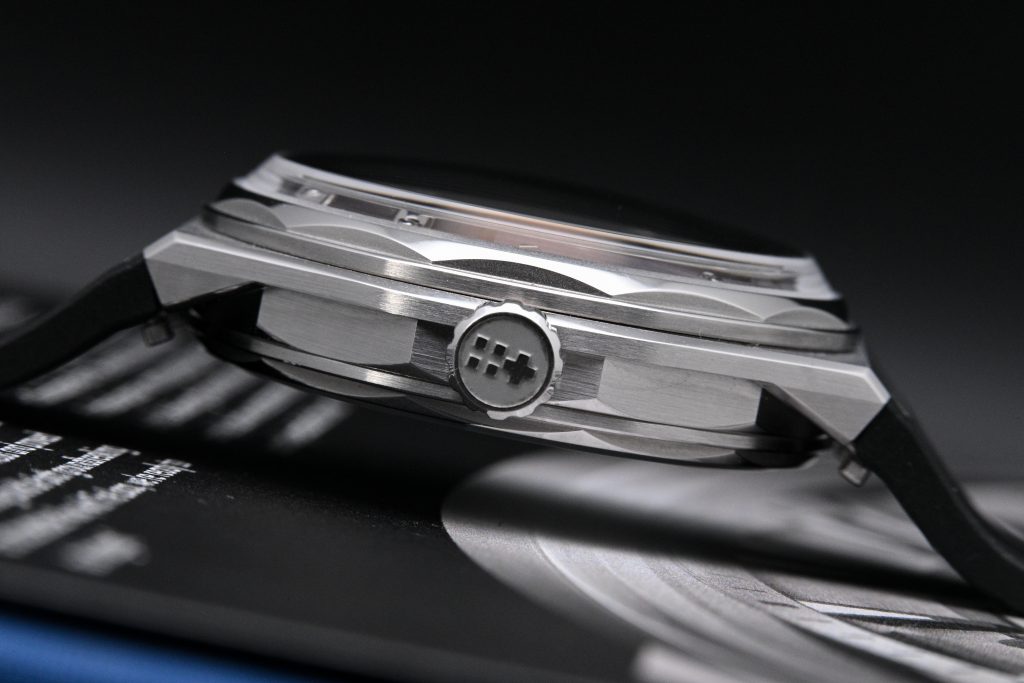
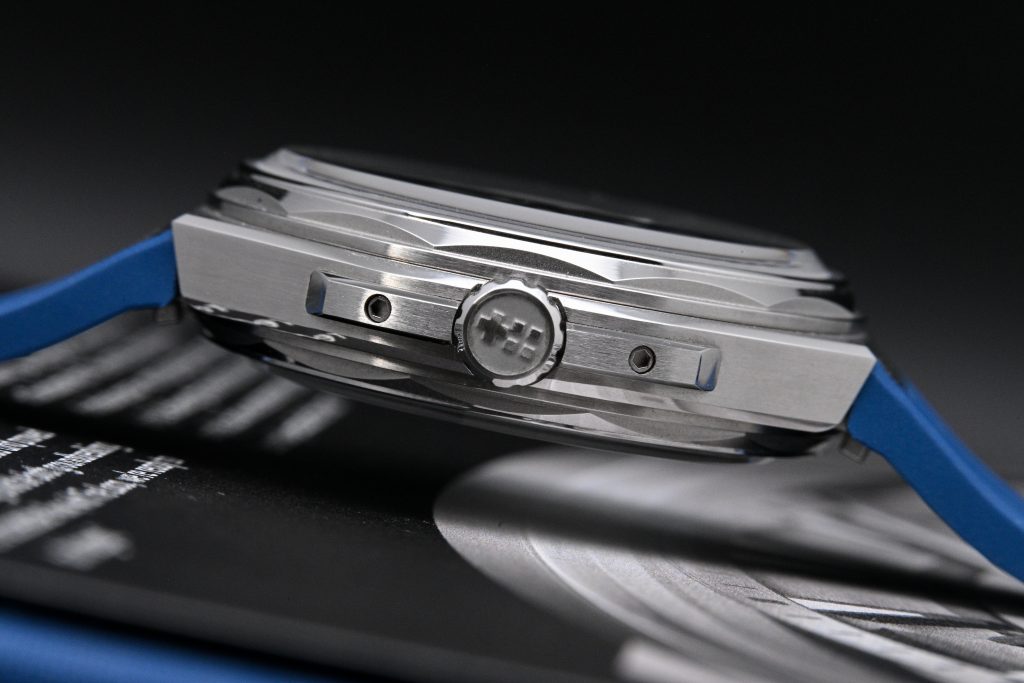
Christopher Ward has significantly refined the Twelve X’s design to create the Loco, especially with a mid-case that now features a sleek top layer curving down toward the wrist. The inner mid-case section continues the twelve-sided bezel and case-back geometry, aligning all twelve sides seamlessly and precisely. Since both the bezel and case-back are screwed into the mid-case, this alignment is especially impressive.
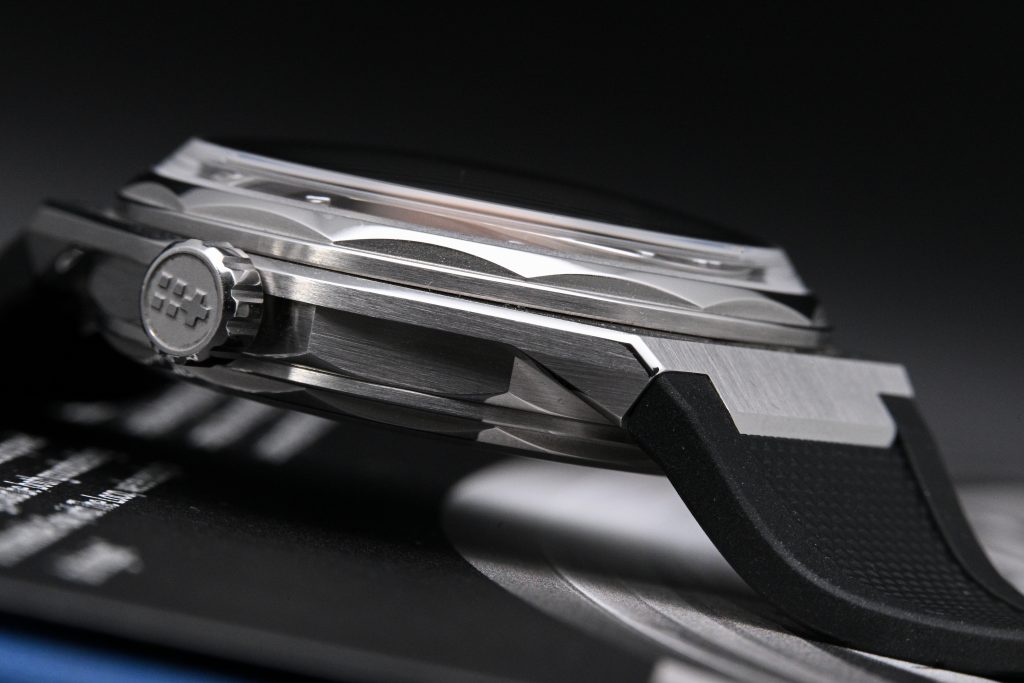
The case is also better balanced overall, with more of the thickness shifted to the box-style sapphire crystal, and a flat case-back that sits securely on the wrist. Though it’s about 1mm thicker than the Twelve X, it visually looks and feels 1–2mm thinner.
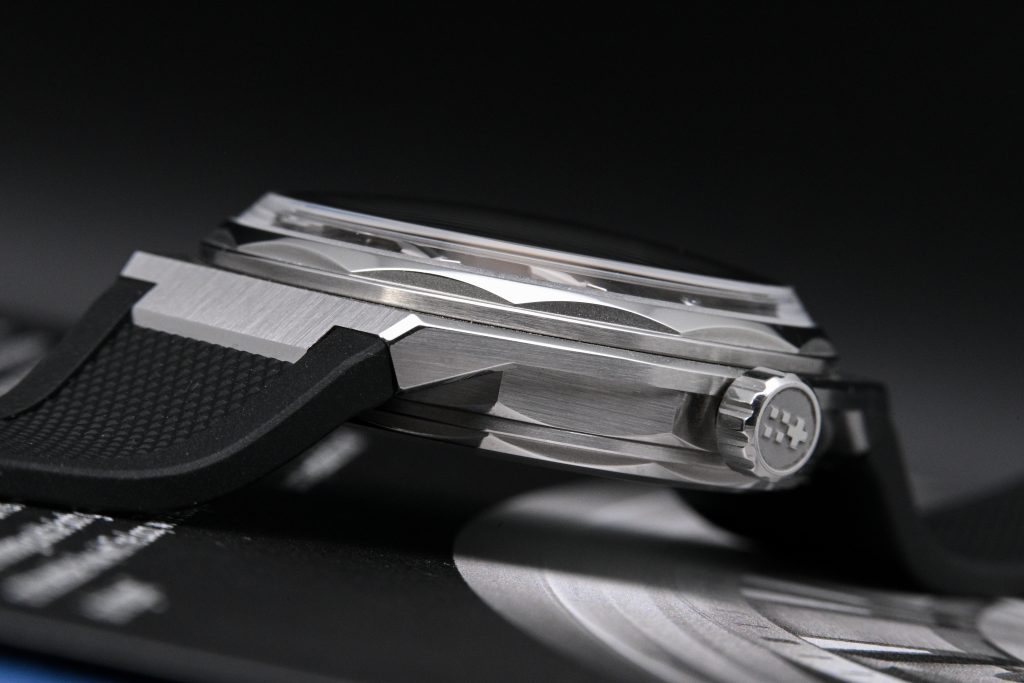
At 3 o’clock, there’s a 6mm screw-down crown that feels easier to grip and use than the 5.4mm crown on the Twelve X. Screw-down crowns aren’t common on manually wound watches, and it’s an odd choice given the 30m water resistance. Still, the crown action is excellent, with a solid pop when unscrewed and a winding experience full of pleasant, tactile clicks.
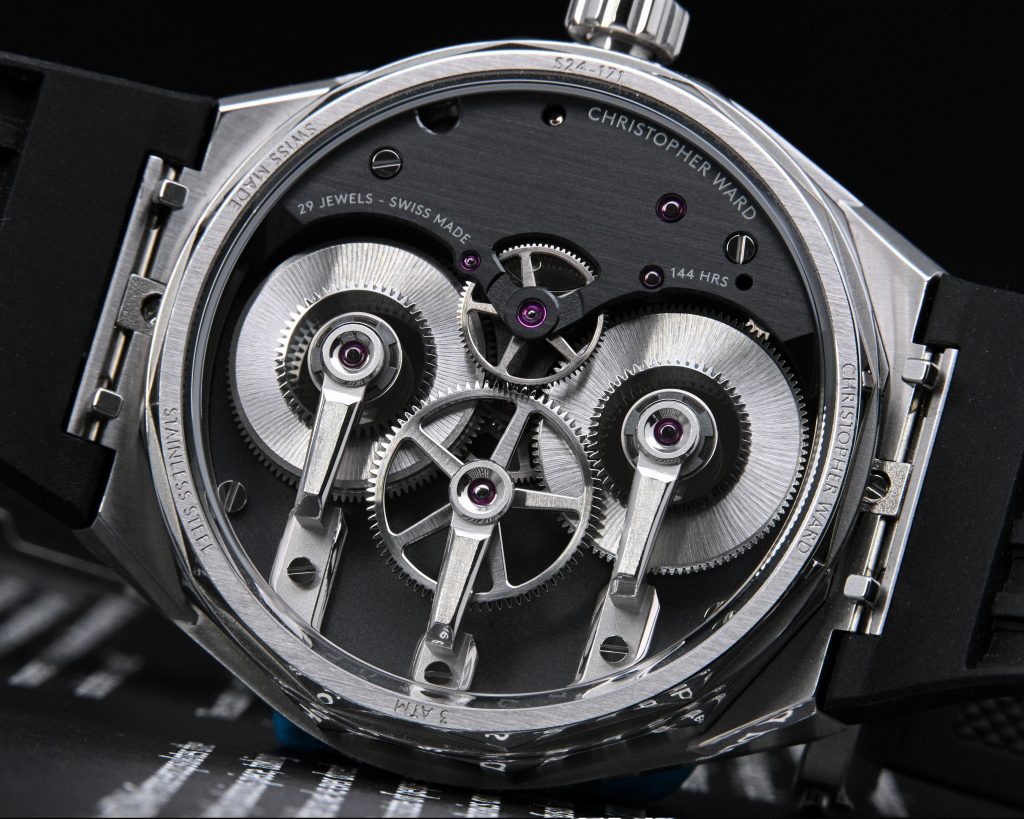
Flipping the watch over reveals a sapphire exhibition case-back showing the new Caliber CW003. It fits the case dimensions well, which purists will appreciate. Overall, the case design, build, and finishing are excellent… exactly what I’ve come to expect from Christopher Ward.
Dial
Let’s now get into the dial. The actual dial structure occupies only a small portion of the top surface, but for simplicity, I’ll refer to all visible components as the dial, even though it’s largely dominated by movement elements. The dial is a transparent sapphire disc mounted on a raised metallic base, featuring a metallic silver minute track around the edge that’s easy to read despite its small size. Christopher Ward uses miniaturized indices similar to those on the Twelve series, with multiple facets and ample lume. At the center is a slightly skeletonized section exposing a gear beneath a mounting plate. A tall cylindrical post raises the hand stack above the base plate and sapphire disc.
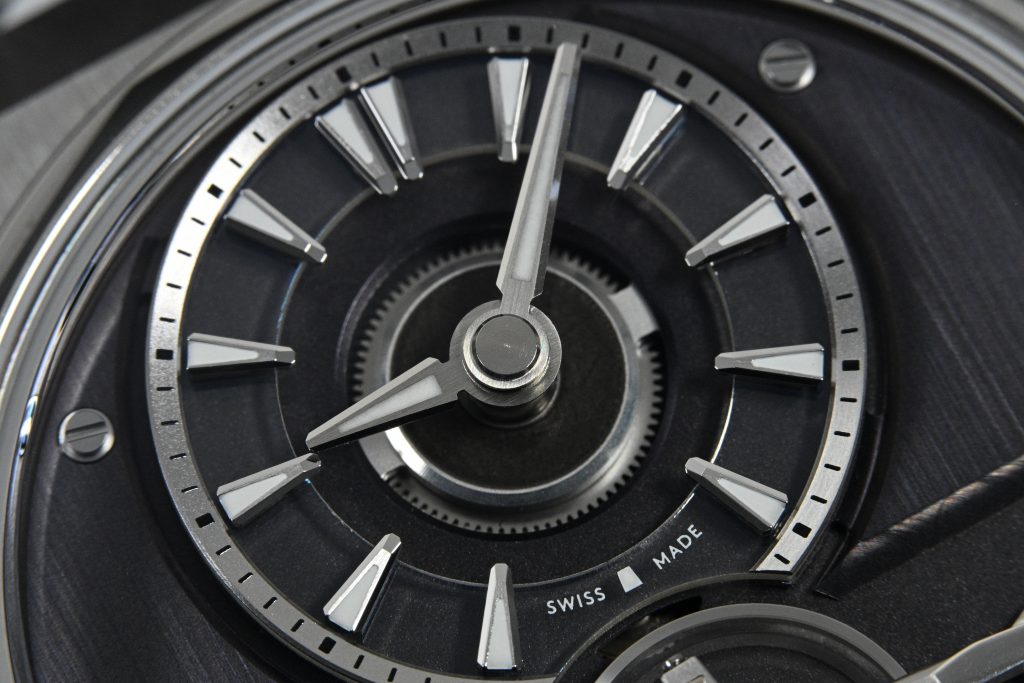
Despite its small size, this dial area is packed with detail: the sapphire casts subtle shadows, the indices slightly cantilever over the disc, and the finishing on the hands and indices is quite good. Christopher Ward does dial hardware and finishing as well as any brand at this price, with Grand Seiko being a notable exception. That said, if you look closely, you might spot small irregularities in the hands or indices – issues that are much rarer in higher-end brands like MB&F. Still, I’ve seen more expensive watches with finishing a tier below what’s on display here, so it would be unfair to say all high end watches do better.
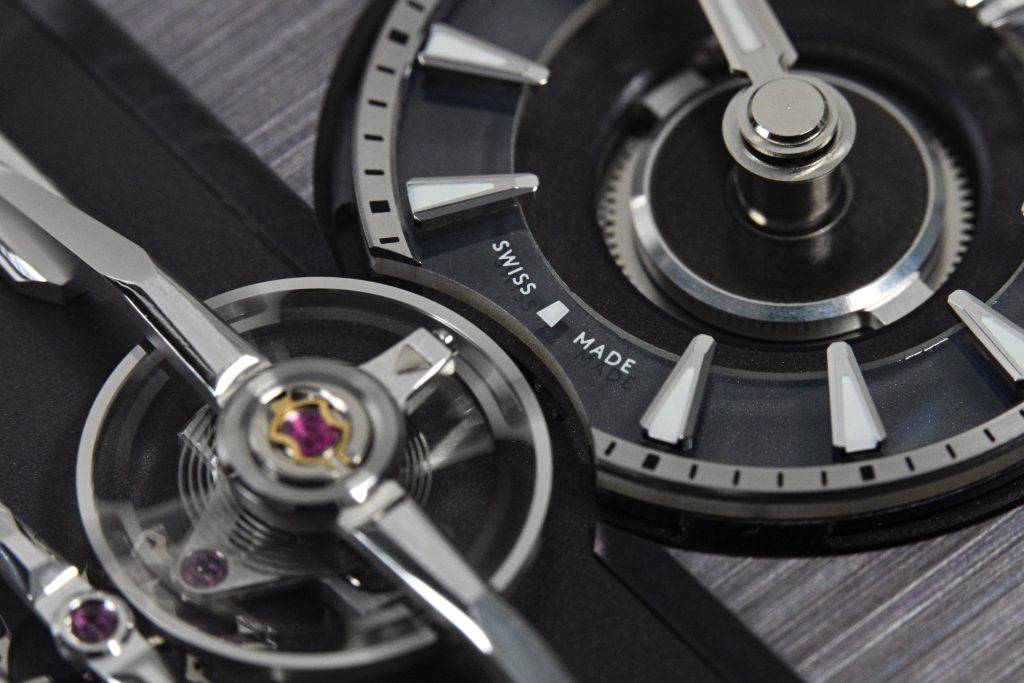
The sapphire disc sits on a vertically brushed, sloped-edge plate secured by four screws. No, the screws aren’t perfectly aligned. No, I don’t care. And yes, many high-end brands do this too. Compared to the Bel Canto, Christopher Ward’s quality control has clearly improved – these screws are pristine, and this is just a prototype!
At the bottom of the dial, two large bridges tower over the movement in a fashion reminiscent of MB&F’s Legacy Machines. The effect is slightly less dramatic, but the concept is similar. The bridges mix matte and polished finishes and are attached via screws. You’ll spot hand-polished details here (courtesy of the artisans at APJ Sàrl), such as bevels on the raised bridges. If you’re looking for how this watch differs from the good haute horology watches, note that the bevels aren’t perfectly straight – a much more time-consuming and failure-prone technique. But again, note my intentional use of the word good, because not all expensive high end watches get this right either. And it also highlights why brands like Armin Strom have gathered such a strong following lately, offering precisely finished hardware at prices much lower than they would typically cost. But for context, Armin Strom watches still cost at least 3-4x as much as this Loco.
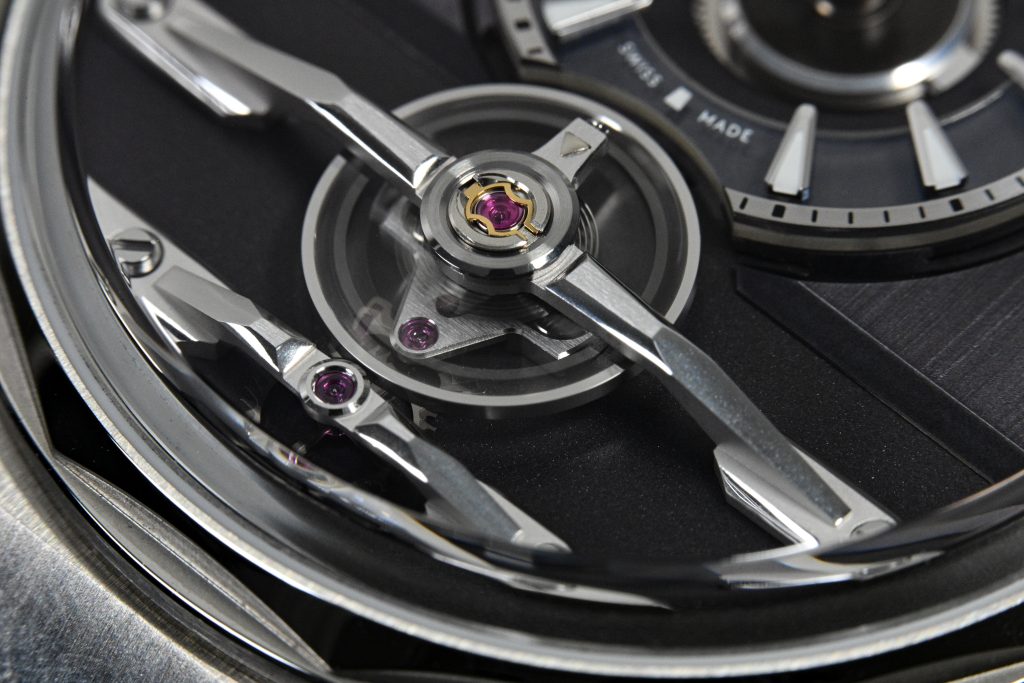
In addition to the complex design and engineering required to achieve this raised-bridge, Legacy Machine-inspired architecture, Christopher Ward didn’t settle for a conventional Etachron-style regulator and balance. Their SH21 caliber featured a regulator likely produced by Concepto Watch Factory (supplier to Louis Moinet, Jacob & Co., Bulgari, etc.). But with the Loco, they went further, implementing a more aesthetically refined free-sprung balance with no regulating arm. Instead, it is adjusted via screws on the balance wheel. Christopher Ward collaborated with Feller Pivotages SA to design this balance wheel, and eagle-eyed enthusiasts will recognize the free-sprung hairspring – produced by a highly respected manufacturer used in many top-tier timepieces I’ve mentioned. (Hint: look for a precisely engineered triangular hairspring stud.)
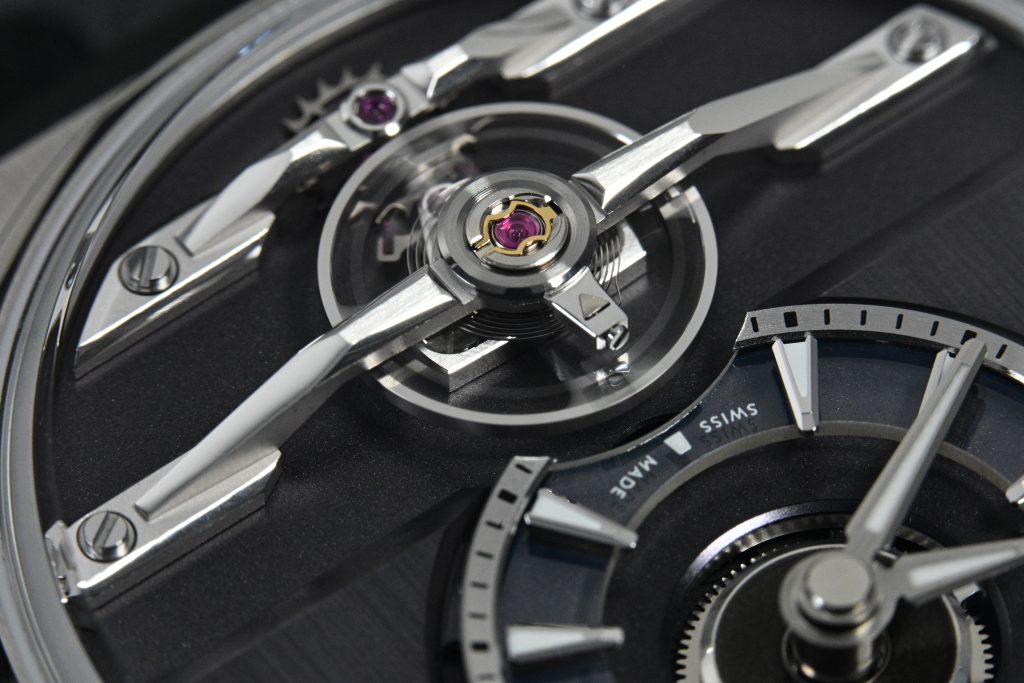
Why the added complexity? A free-sprung balance is more stable, more accurate, and less sensitive to shocks than a typical Etachron setup. I applaud Christopher Ward for making this investment. I own watches that cost 2–3x more with standard regulators – like in the Schwarz Etienne micro-rotor movement of my MING 20.11 Mosaic. Unfortunately, you’ll still find Etachron regulators in watches from brands like Piaget, Berneron, Louis Vuitton, Cartier, Bovet, and others.
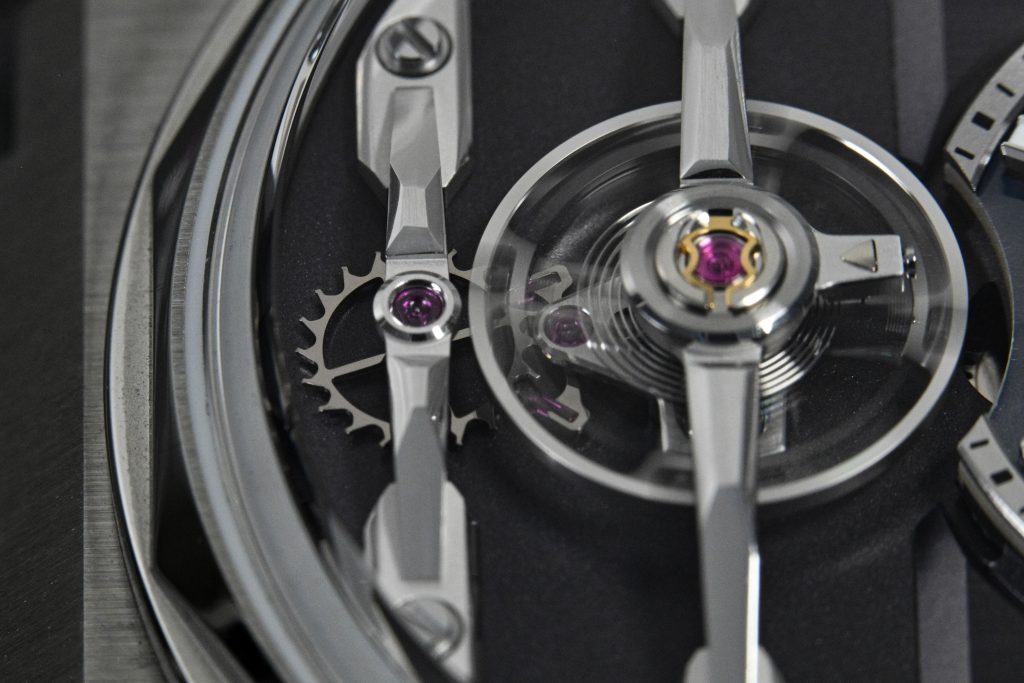
Beneath this upper architecture, you get a glimpse of the escapement and escape wheel, which seem to appear almost out of nowhere… ready to bring the watch to life. I appreciate that it’s not immediately obvious how the escapement connects to the rest of the movement, which adds to the sense of mystery and perceived mechanical complexity.
Movement
Flipping this watch over, you’re greeted by the incredible new architecture introduced with Caliber CW-003. This is perhaps my favorite aspect of the watch. The design is strongly inspired by pieces like the Armin Strom Gravity Equal Force, which reinterprets traditional pocket watch architecture in a modern way. You immediately notice the two large barrels that give the watch its 144-hour power reserve. The barrels feature a striking combination of finishing techniques that look fantastic in person. A large differential gear between them ensures smooth, consistent power delivery from both barrels. All three of these elements are supported by large half-bridges, bolted to the case similarly to those on the dial side. These components are also hand-finished, featuring bold, vivid polished bevels.
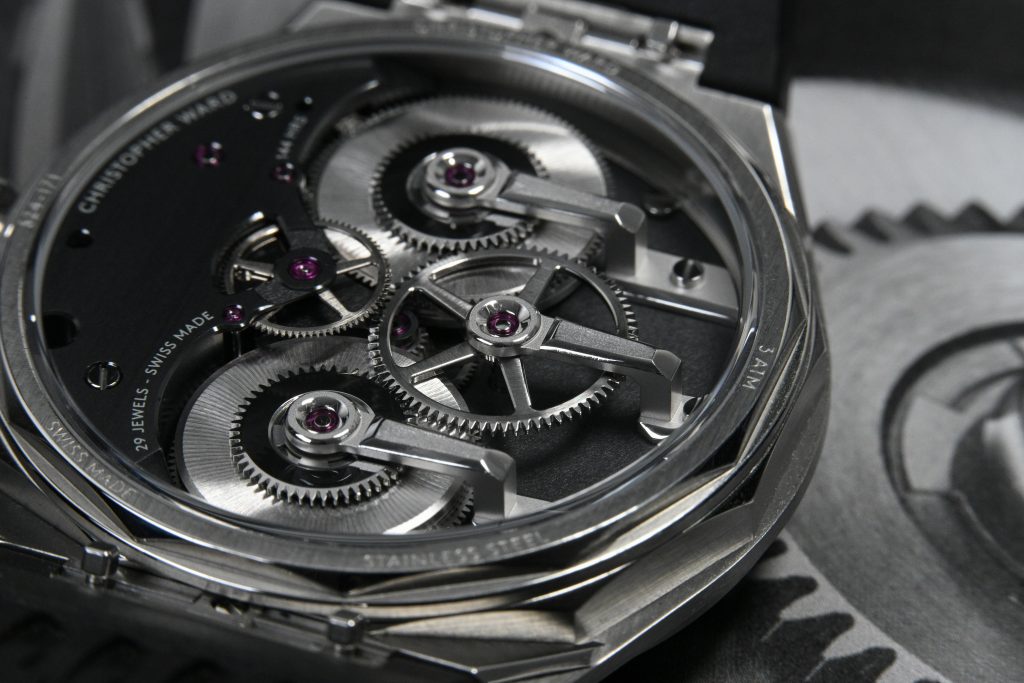
On the opposite side of the movement is a large plate finished in an anthracite brushed texture, similar to the raised plate on the dial side, with a slightly metallic quality. The architecture, design, and execution of this movement are outstanding. It evokes many high-end pieces I admire, like the Gravity Equal Force from Armin Strom, Lang & Heyne Georg, and the Breguet Tradition. I’m still amazed that Christopher Ward has delivered something of this caliber at the price of a Tudor Pelagos.

While the SH21 was COSC-certified, the CW-003 doesn’t carry official certification. The brand notes that the absence of a seconds hand made chronometer testing unfeasible, but they guarantee accuracy within 0 to +7 seconds per day, which I find impressive enough.
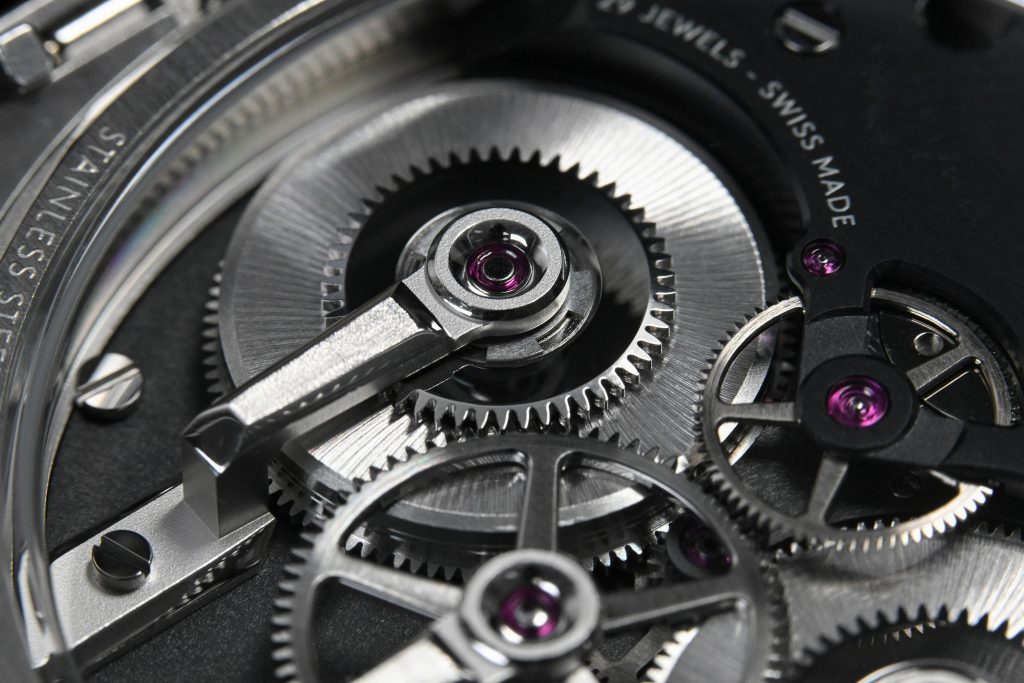
Compare this movement to those from independents in the $15,000 to $25,000 range, and it becomes clear how much value it offers. No, the bevels aren’t as crisp as an Armin Strom’s, and there are no interior angles here. Many components also aren’t beveled or hand-finished. Still, you’ll find plenty of respected brands like H. Moser & Cie, Czapek, and Schwarz Etienne whose movements don’t check all those boxes either – and those watches cost significantly more. And as the market shifts, even brands like A. Lange & Söhne, Patek Philippe, and Audemars Piguet rarely offer interior angles below $50K.
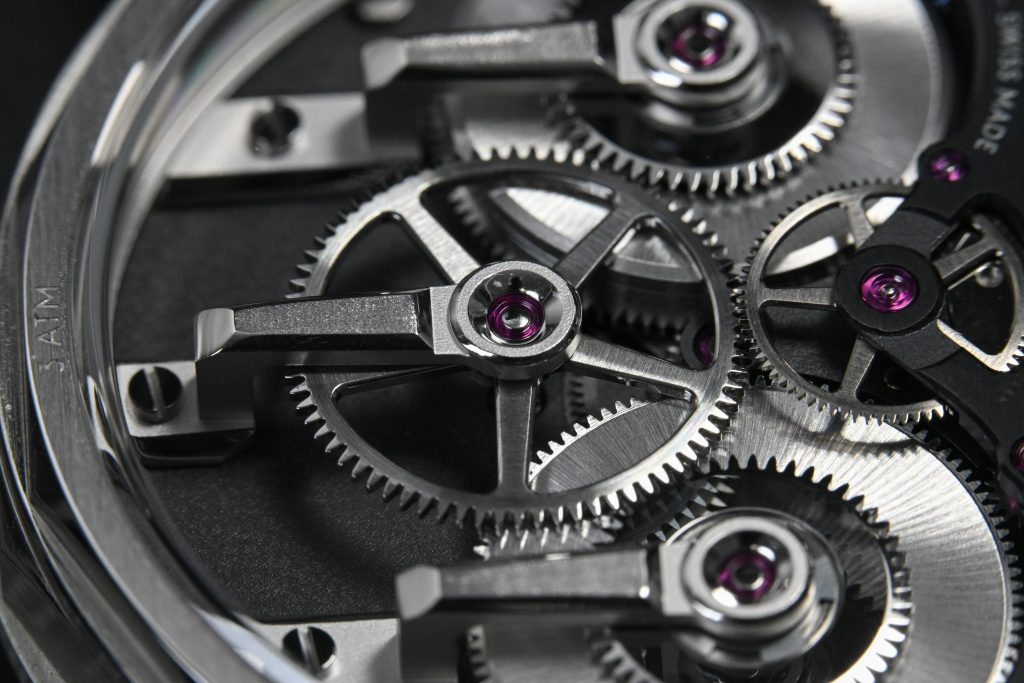
Which brings us to the core of this review, and why I’ve name dropped so many Swiss suppliers and high-end brands I can barely pronounce. I think the Loco deserves as much respect as any of the independents I’ve mentioned. They’re more similar than different: sharing suppliers, using high-end components, and pushing innovation in engineering and design… yet Christopher Ward often receives more criticism. At this point in their evolution, Christopher Ward has the in-house design and engineering team, and the supplier network, to do most of what these brands are doing (like Czapek, for example).
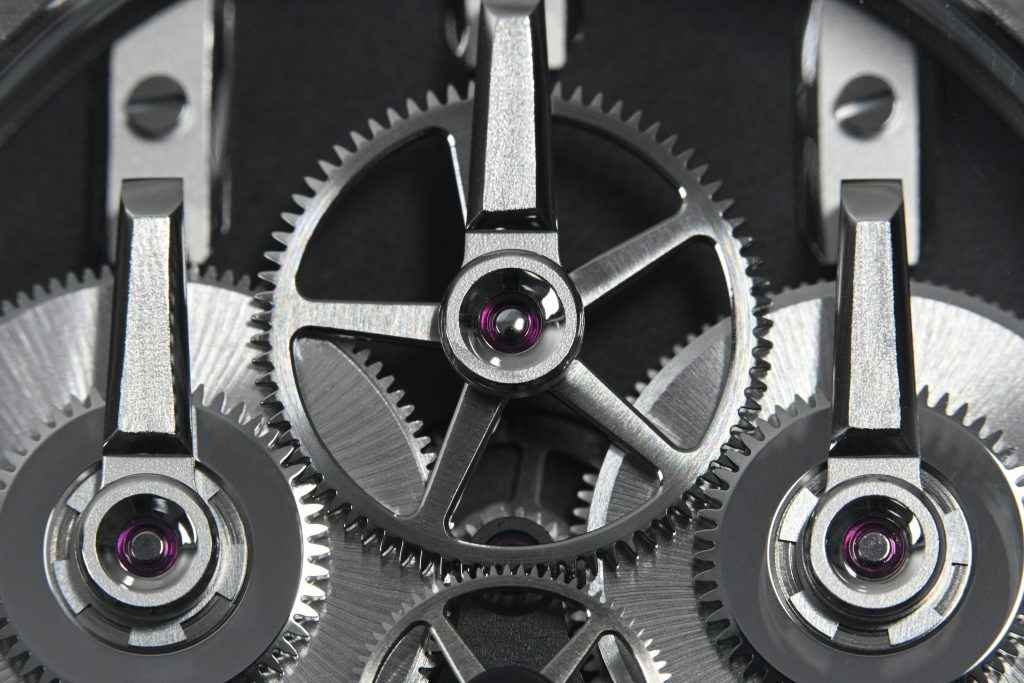
Speaking of Czapek, I’ve avoided rehashing the common critique that the Twelve resembles the Antarctique, since I covered that in a previous review. In short: Adrian Buchmann, Christopher Ward’s Head of Design, also designed the Czapek Antarctique released in 2020, so any resemblance isn’t surprising. While I do see similarities between the standard Antarctique models and the regular Twelve series, this particular watch doesn’t resemble any Antarctique I know – not even the new tourbillon people claim it looks like. Let’s be real, that has center-mounted hands and a flying tourbillon cage! But I digress…
Lume
The lume on this watch appears to be slightly better than that of the Bel Canto, but given how small the lumed elements are, I didn’t have very high expectations to begin with. It delivers an adequate amount of brightness and longevity to maintain legibility throughout the night. I wouldn’t compare it to watches like the Lumiere, but I can’t complain about this lume either.
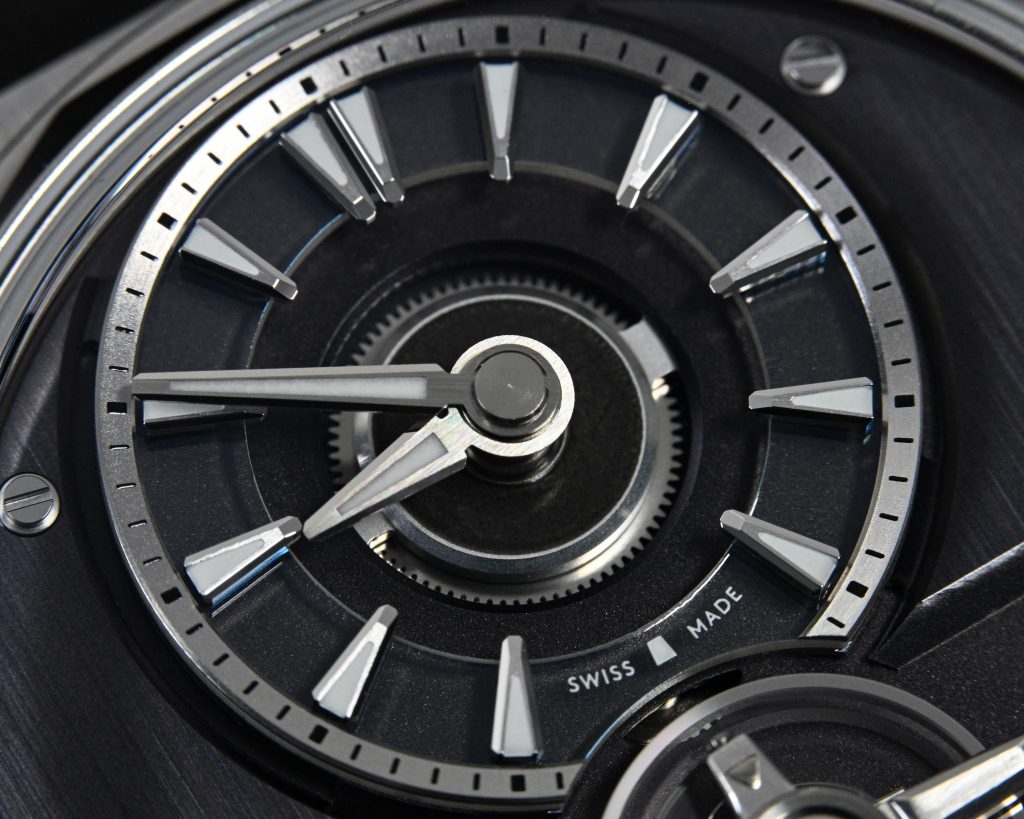
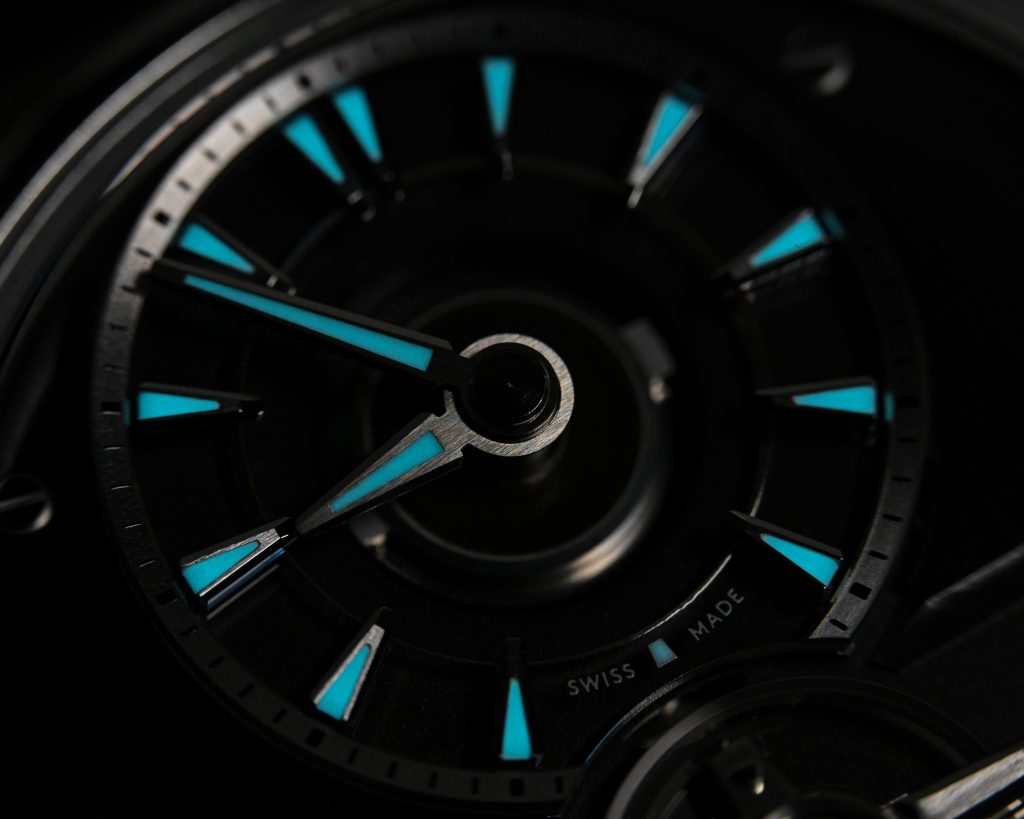
While not directly related to lume, I’ve noticed that, given the highly architectural nature of the dial, with its towering bridges and floating numerals, it tends to catch light even in very low-light environments, making it surprisingly easy to read. So, in my opinion, both low-light and no-light legibility are more than adequate.
On The Wrist
At roughly 40.5mm in diameter, 47mm from end to end, and 13.6mm in overall thickness, the Loco is very similar in proportion to the Twelve X. Due to the crown guards, the Twelve X is slightly wider in diameter, but the Loco is approximately 1.2mm longer in lug-to-lug measurement and nearly 1mm thicker overall.
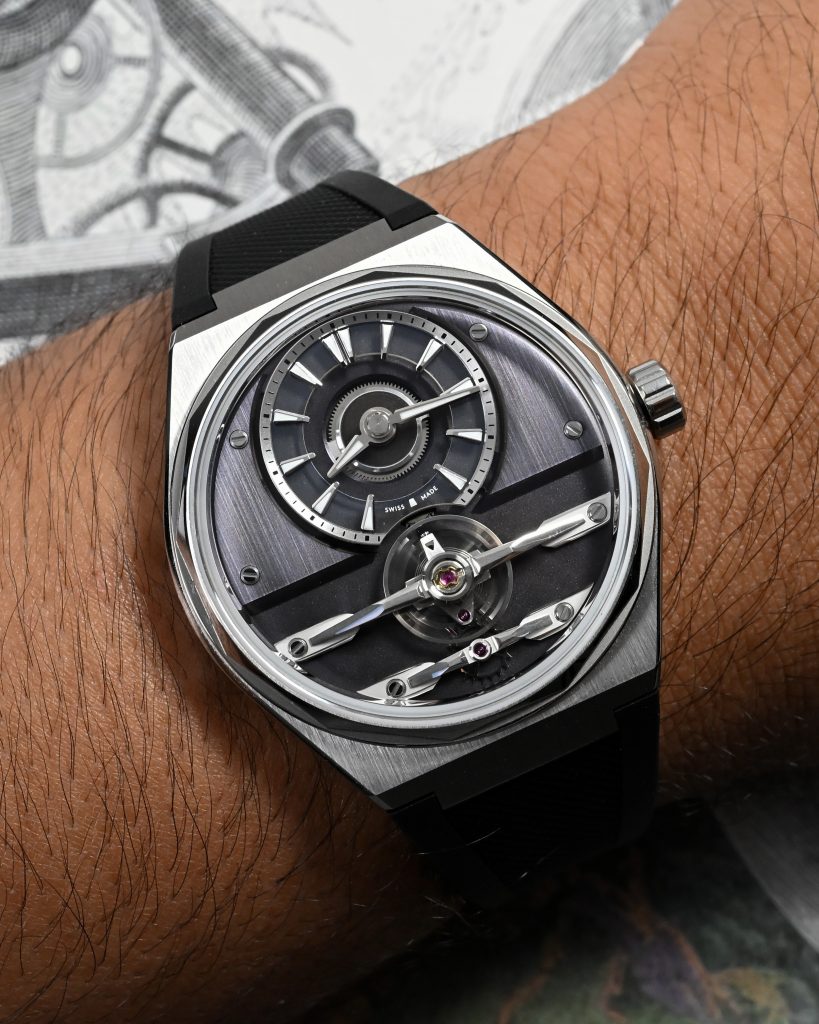

Practically speaking, however, the Loco wears much slimmer than the Twelve X, thanks to its more refined case design… which I found quite surprising. As much as I love my Twelve X, I think the Loco is an improvement in every way: it sits lower on the wrist, features significant relief carved out of the mid-case, and shifts much of its overall thickness to the crystal, which doesn’t occupy as much visual volume as the dimensions might suggest.
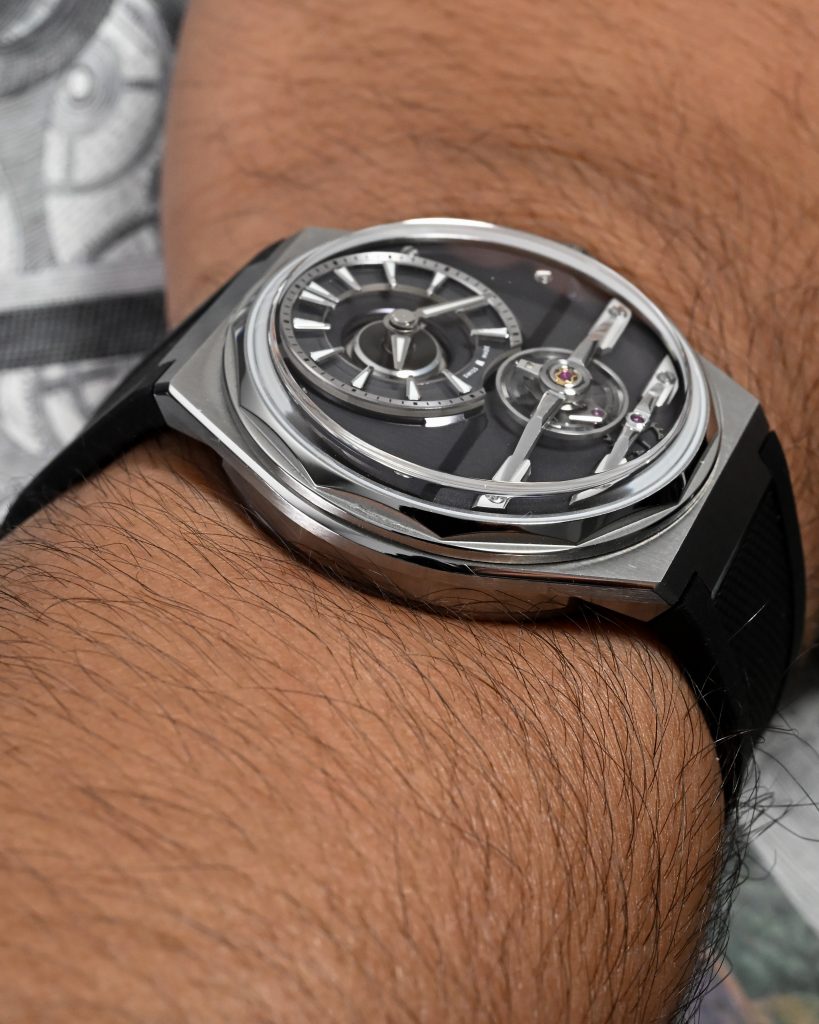
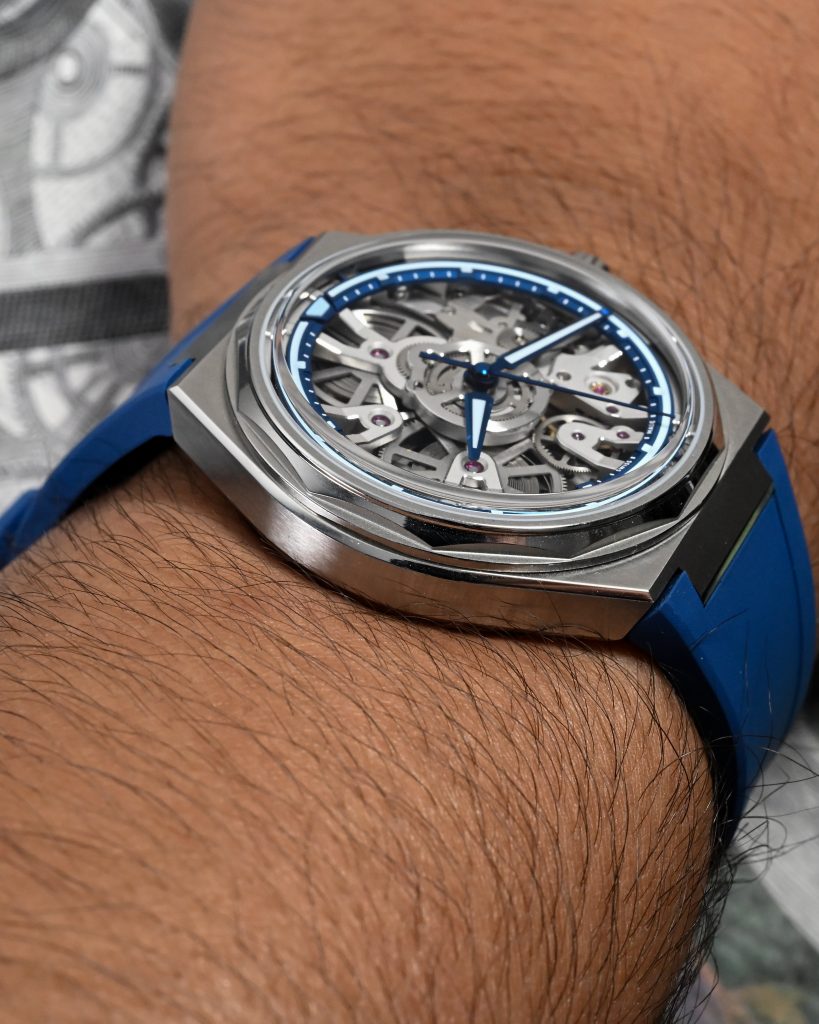
I didn’t get to try the Loco on its bracelet, but if it’s anything like the one on my Twelve X, I expect it to be very comfortable, featuring on-the-fly micro-adjustments on both sides of the butterfly-style deployant clasp. The Loco comes with a redesigned rubber strap and an Omega-style deployant clasp. I appreciate that the excess strap length now tucks underneath, but the rubber itself feels softer than the material used on the Twelve X, which I find makes it a bit more wobbly on the wrist if worn loosely. I’d prefer a more rigid material, like their previous straps.
Wrapping Up
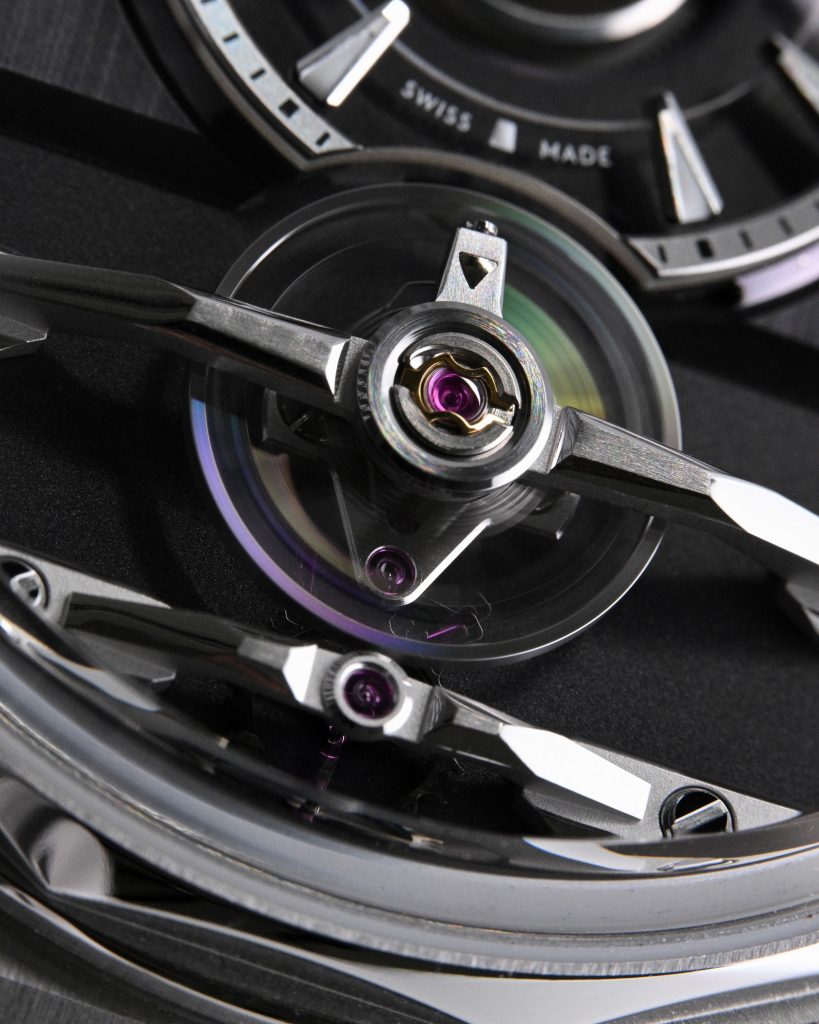
This has been a long one, so I’ll wrap up this review quickly: this is another winner from Christopher Ward. I know the price tag is a significant departure from where Christopher Ward began, but at this point, I think we should give the brand the breathing room to experiment with more technically complex projects. After all, Christopher Ward has managed to deliver, for under $5,000 USD, what many other brands comfortably charge $15,000 – 20,000 USD for. That said, $5,000 USD is not a small amount of money, but considering they sold 750 of these watches in just a couple of days, it’s clear that the market has an appetite for projects like this. The Loco is not without its shortcomings, but they are few, and easy to overlook if you have an appreciation for everything else this watch does right.

